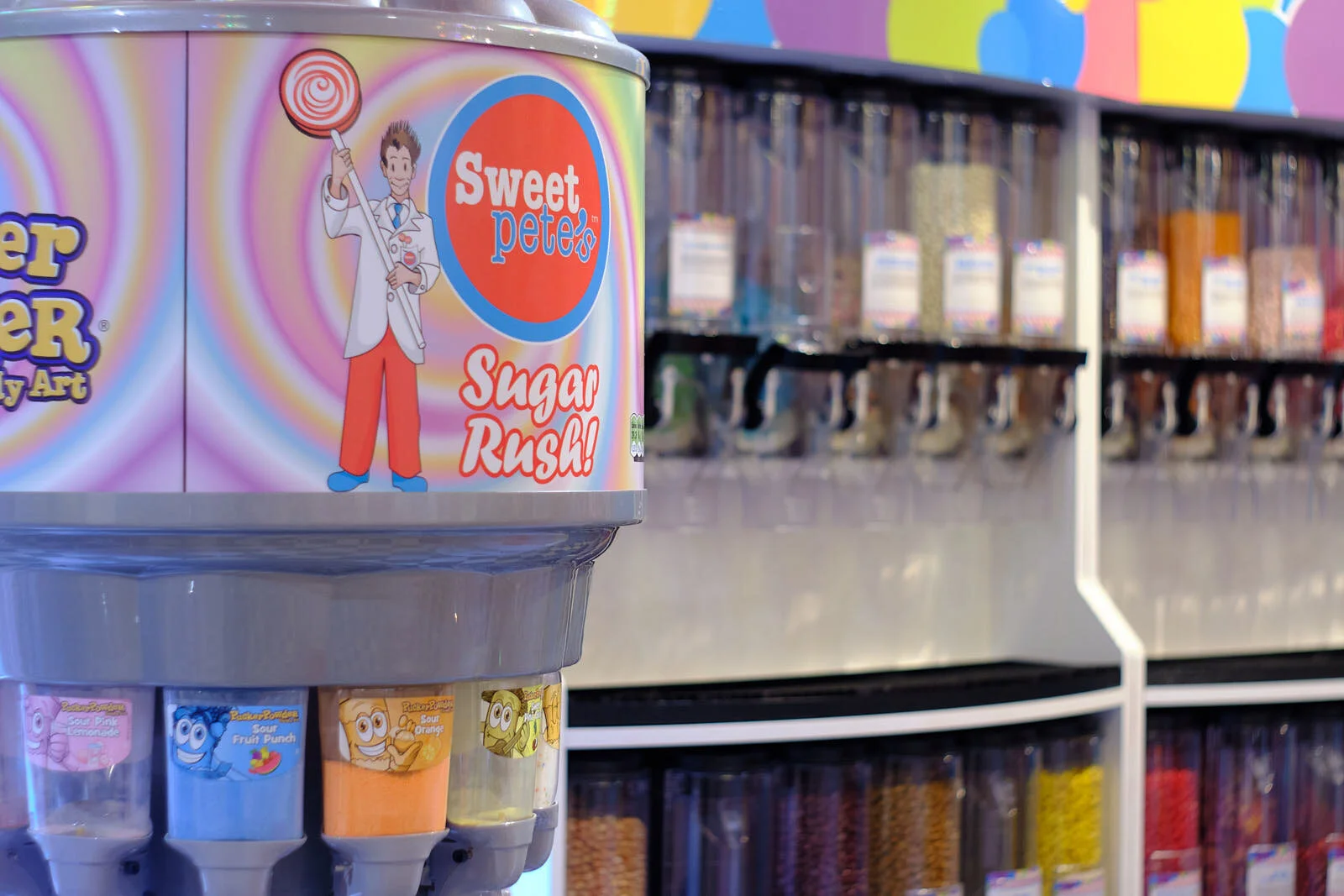I have a slew of old, vintage lenses attached to film cameras I’ve used for over a decade. With modern optics being so strong, I never thought to use any of them on my A7iii or Xpro3. Just last week (from writing this) an old Pentacon 50mm was loaned to me.
And wow!
I’ve seen the videos of people adapting lenses, but it’s a different experience when you physically see yourself.
So let’s go over this lens.
Pentacon was a German company in Dresden that was dissolved in 1990. Parts of it still exist, such as Pentacon GmbH, where they make plastic injection molded parts and turned metal parts. Other parts of Pentacon were sold off to the company Noble belong to Kamera Werk Dresden. Under the name Noblex, they produce panoramic cameras, and under the Loglux they produce lenses.
There are 11 models of this lens made between 1960-1990. Many of them share the same optics, and the major difference is that the older models have a pentagon like bokeh. The eldest of the lenses are also single coated. The model I’m reviewing is the all black version from the 1990s. The bokeh has a more creamy, circular look. I think this preferable for most.
The Pros:
The best part of this lens is that it’s a cheap macro. You can score one at the price ranging from 30 USD to 100 USD.
It gives a unique glow to macro photos when opened all the way at 1.8. at 2.8 it starts to sharpen up really nicely and seems to be the idea stop for portrait work
I’ve read through review after review, and everyone says the lens isn’t that sharp. It’s incredibly sharp for the price. Is it going to beat out a modern Sony lens? Absolutely not! Though this softness translates really well for skin texture.
Even with an adaptor, the infinity focus while stopped down was solid.
It looks badass on the Xpro 3 and XT-3. It’s a full metal construction, so it’s tanky.
Little chromatic aberration.
The focus ring feels real nice and has a moderate throw. I could use this as a street shooter easily.
The Cons:
Edge sharpness isn’t there, even when using it on APSC.
I had to overexposed all my images by 2/3-2 stops more. At 1.8, my camera wants to darken. I tried spot metering, multiple, and average. Every image ended up darker than what was expected.
Subtle blues in photos didn’t register with the lens that well. No matter the simulation or even in standard. I just couldn’t get a full gamut of blue. I thought this was weird.
A good amount of the copies out there have stuck aperture rings.
By no means was this an extensive review. I wanted to add in my own experience and perhaps inspire a couple of people to try it out. I used Fujifilm simulations because a vintage lens demands a vintage look. I shot my camera with the idea of loading film in. I mainly used Classic Negative and used Velvia for every candy store shot.
I mentioned that the lens just doesn’t want to expand on blue, but it does take really well to Fujifilm’s green. I also enjoyed any warm or magenta tones using the lens. If you saw the Youtube video, here’s an expanded catalogue of shots to look at.



























